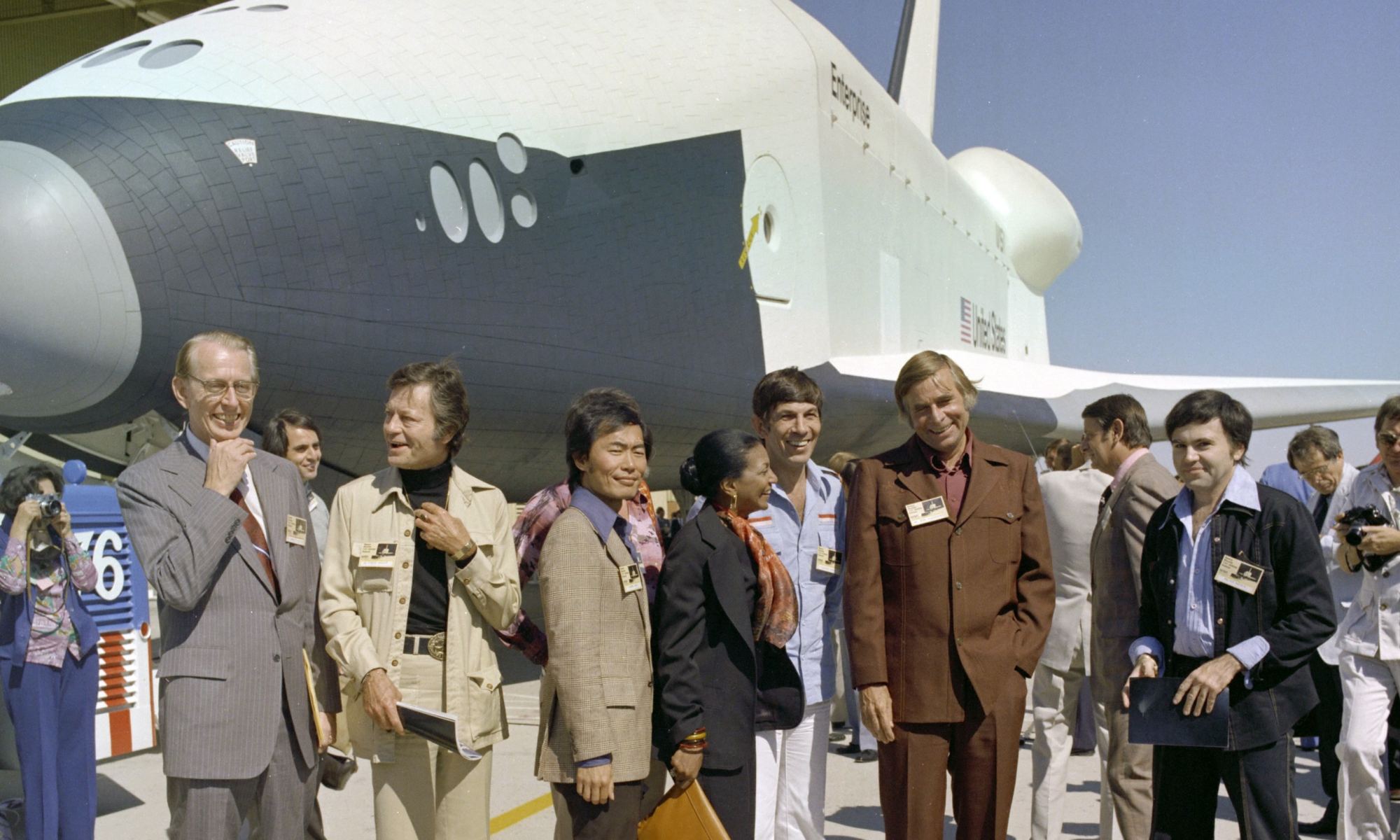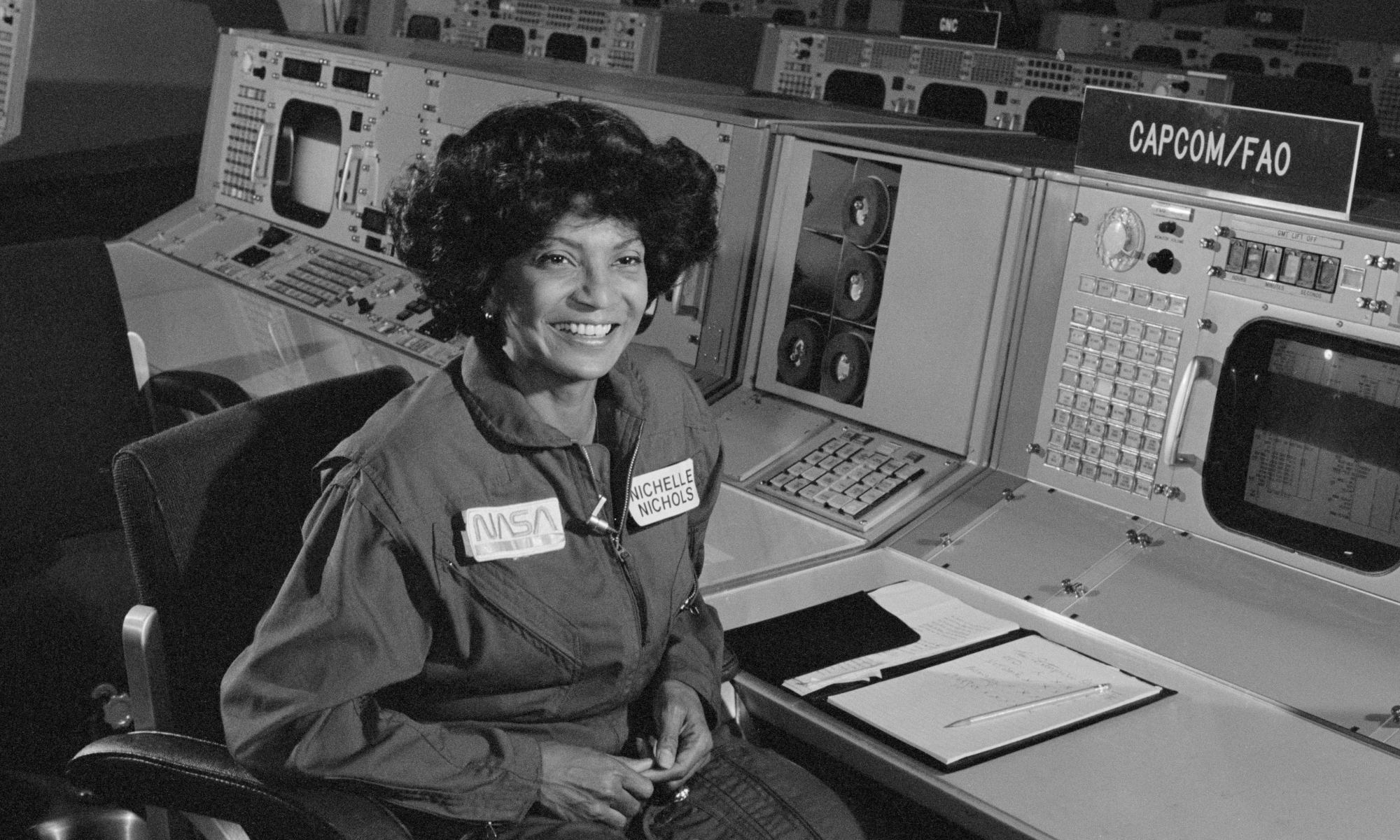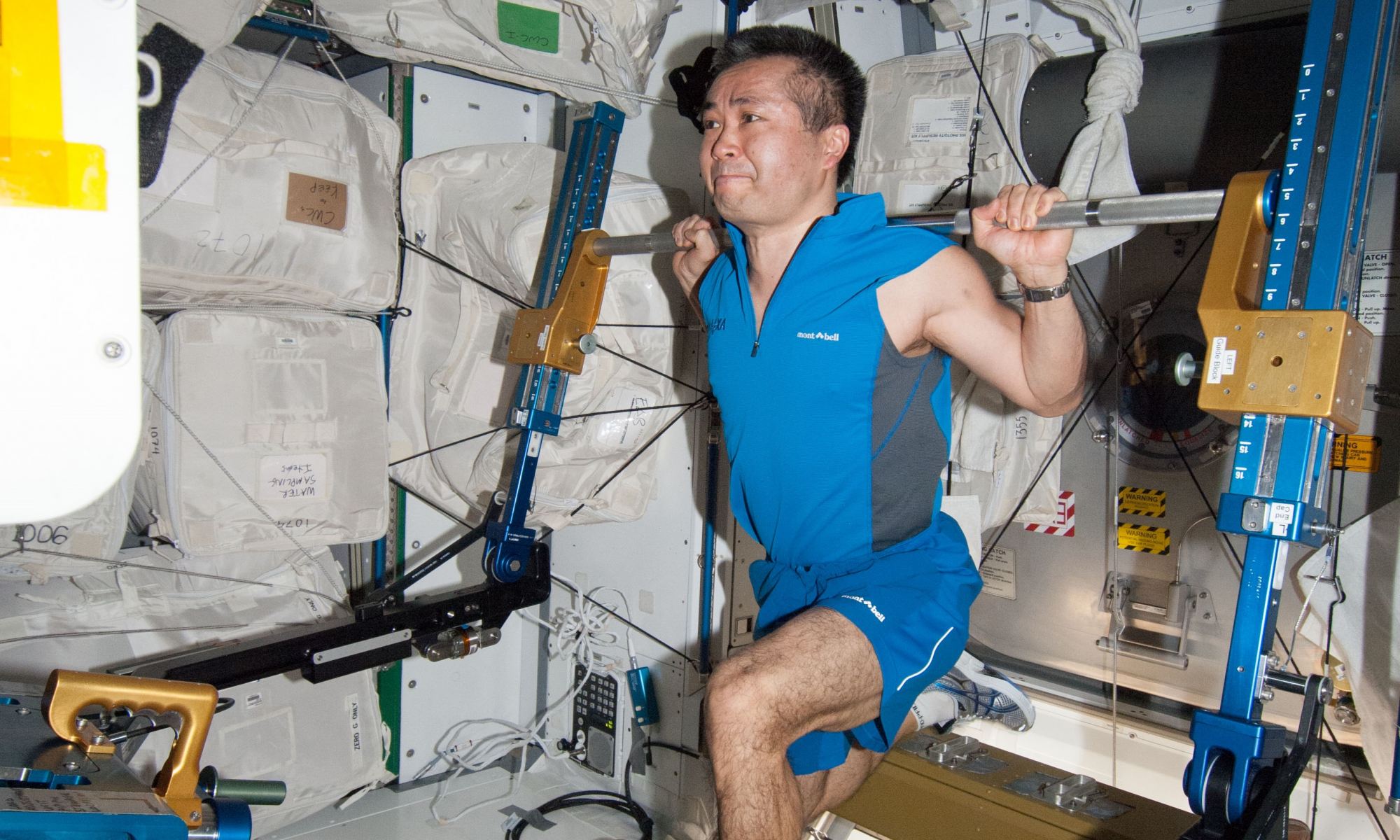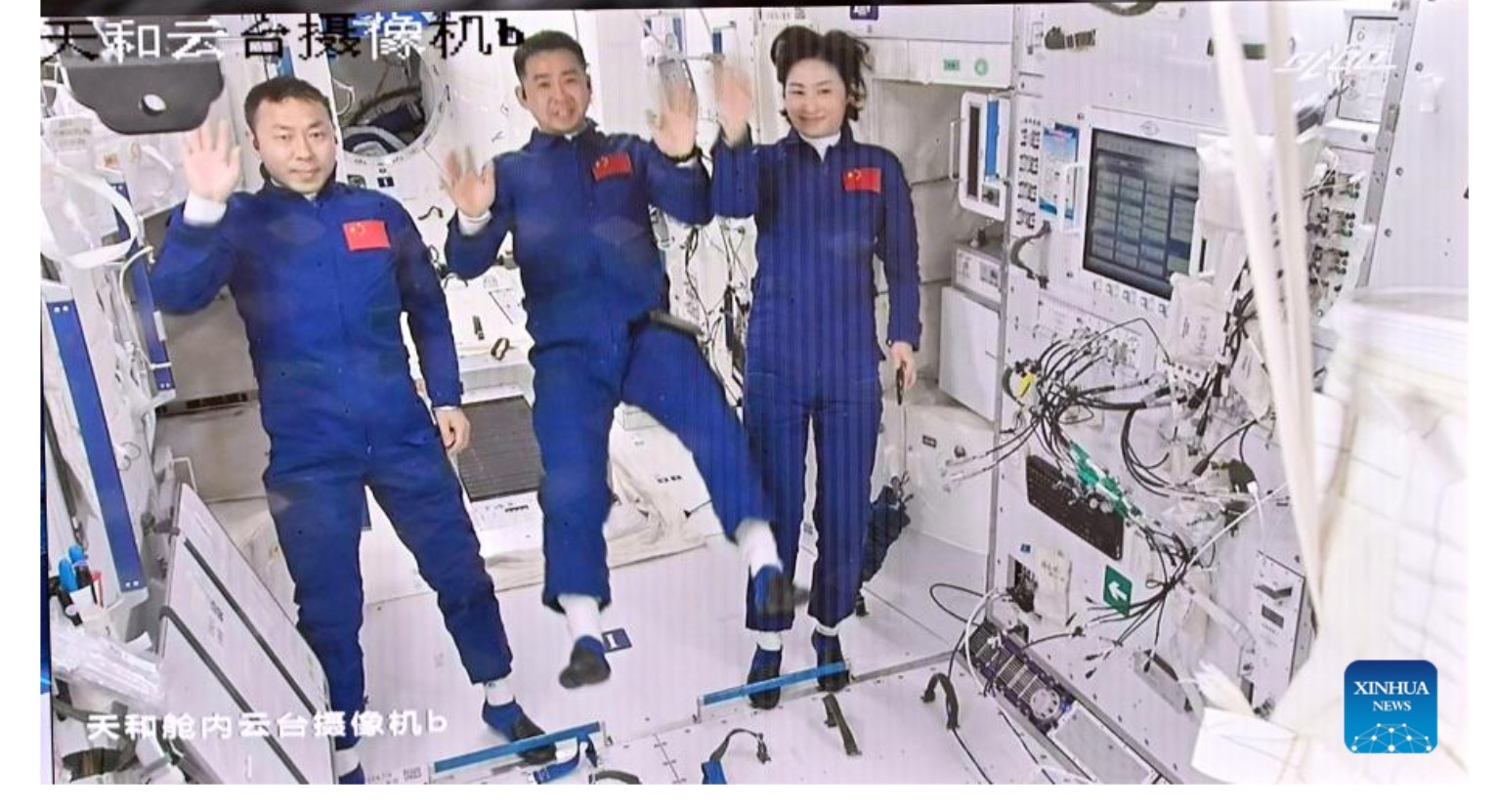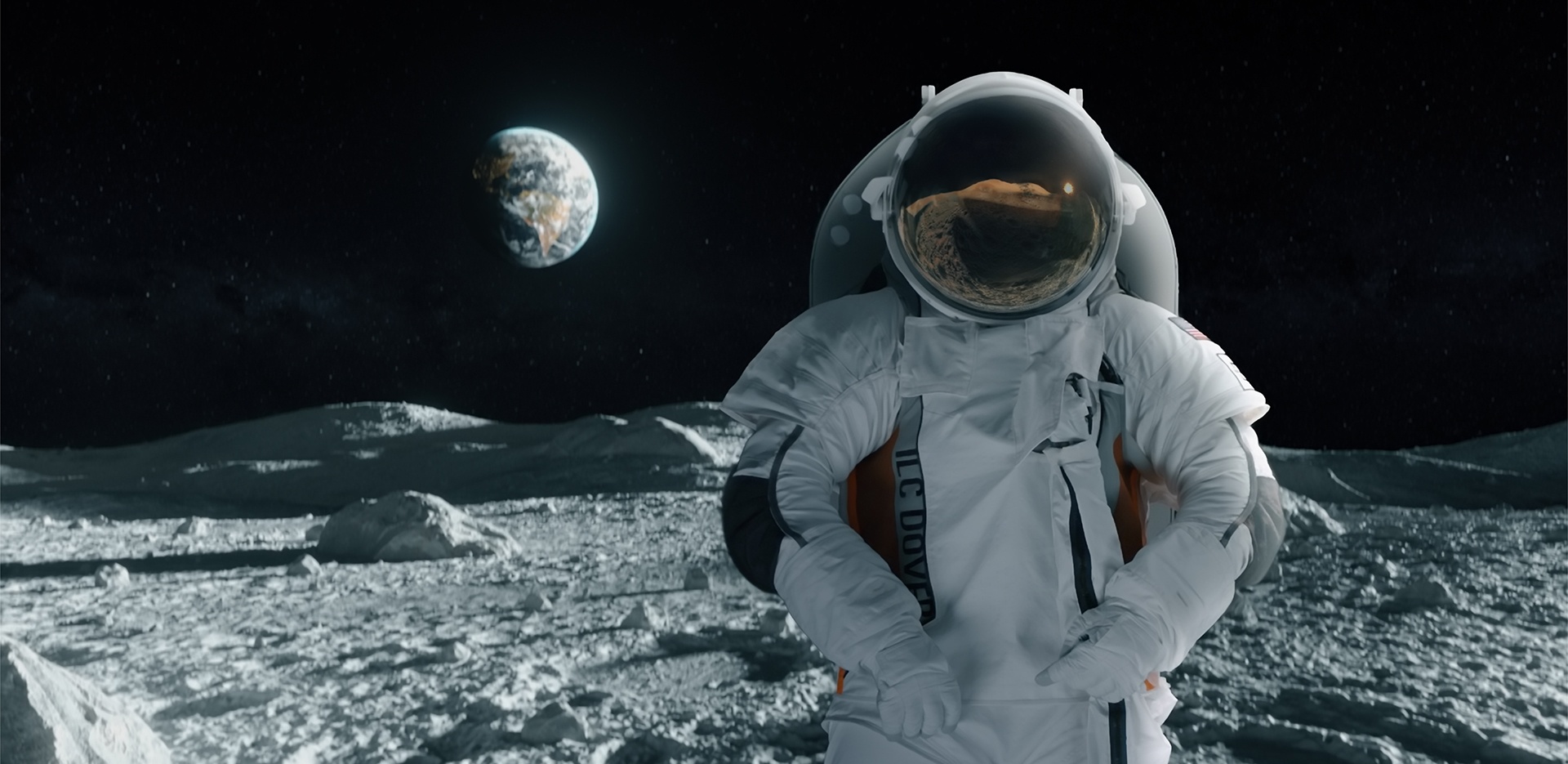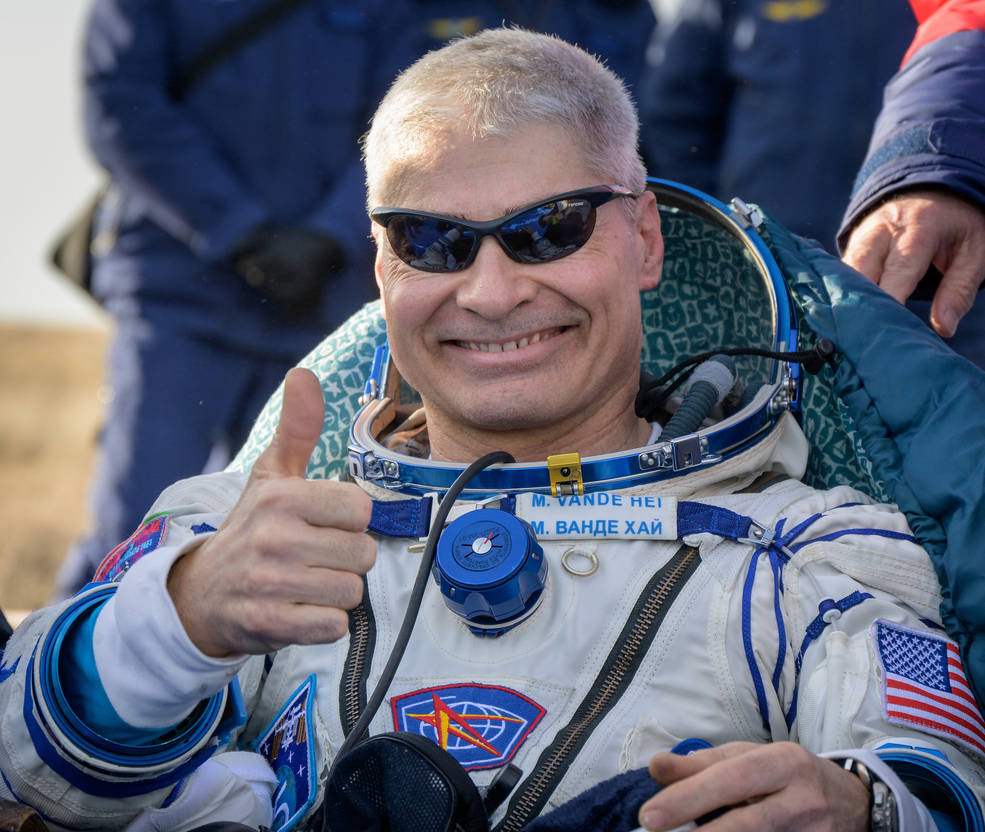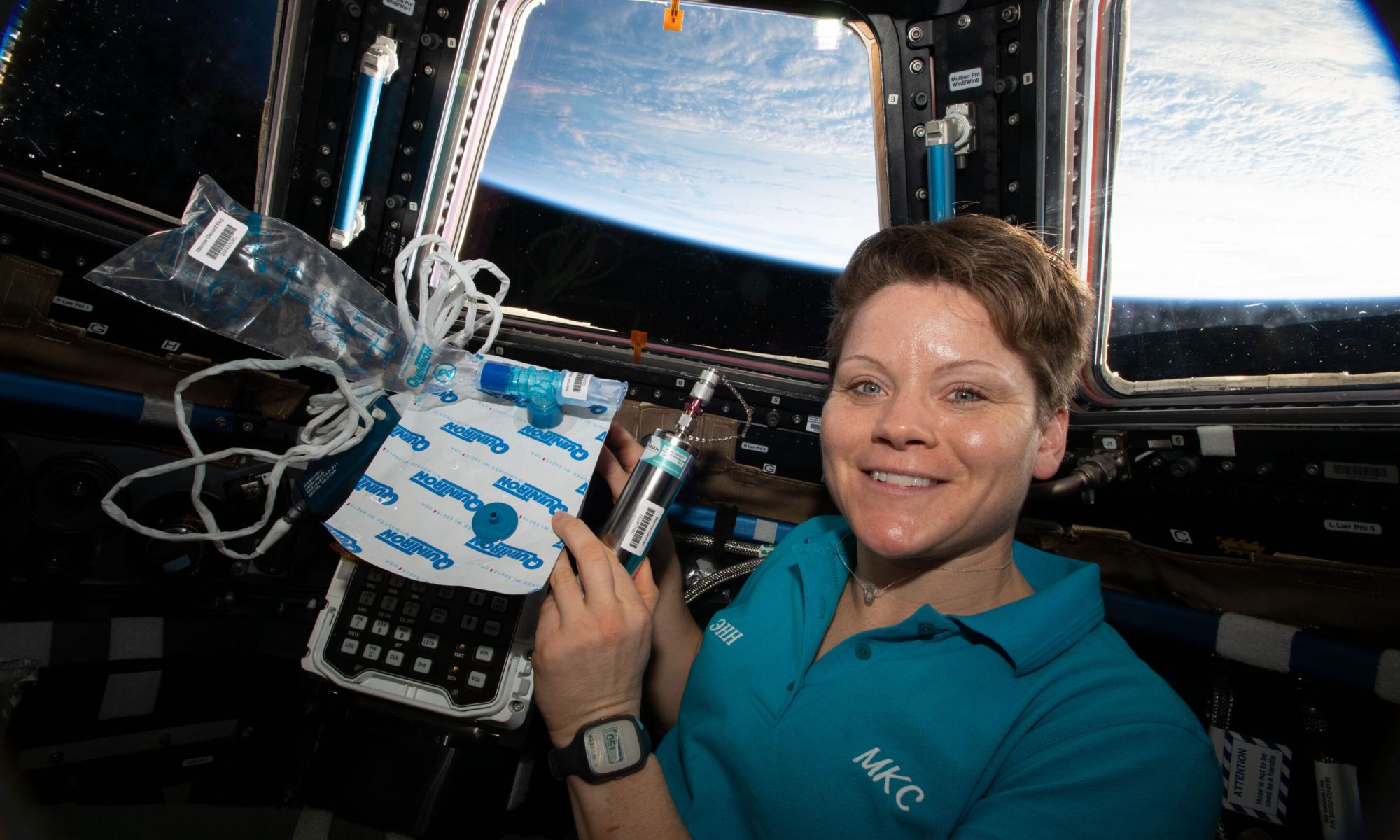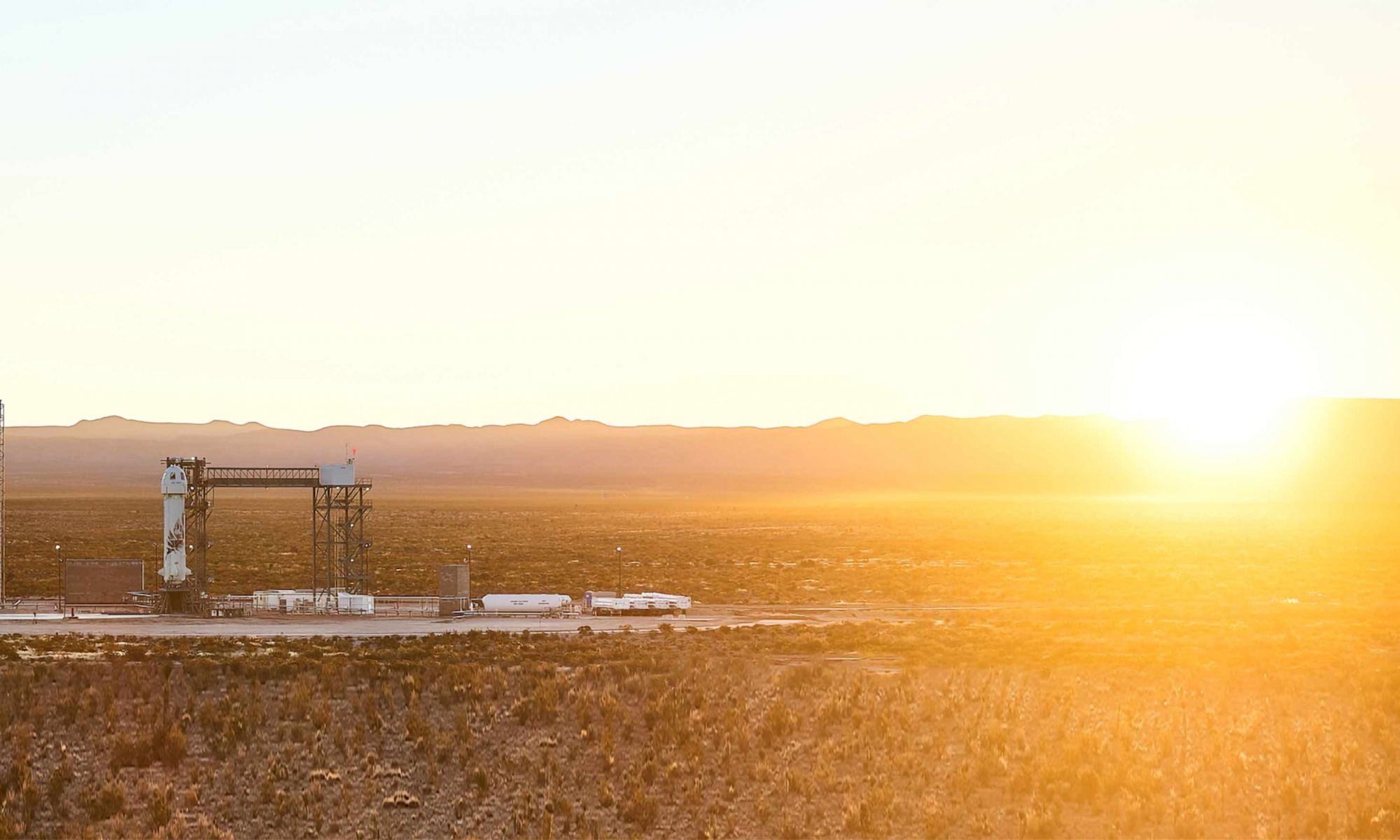Nichelle Nichols, who blazed a trail for Black actors as Lieutenant Uhura on the original “Star Trek,” never got to go to space while she was alive — but her ashes and her DNA are due to reach the final frontier as early as this year.
The symbolic samples are scheduled to fly beyond the moon, along with the ashes of other dearly departed Star Trek pioneers such as James Doohan (“Scotty”); Majel Barrett Roddenberry (“Nurse Chapel”); the TV series’ creator, Gene Roddenberry; and visual-effects wizard Douglas Trumbull.
To top it all off, Nichols’ memorial journey will begin with the launch of a Vulcan rocket. “I’m sure she would have much preferred to go on the shuttle,” said her son, Kyle Johnson, “but this was a pretty close second.”
The “Enterprise” memorial mission is being organized by Houston-based Celestis, which has been making arrangements to fly its customers’ cremated remains for a quarter-century. A gram of Nichols’ ashes, plus DNA samples taken from her and from Johnson, will be among the secondary payloads for United Launch Alliance’s first Vulcan Centaur mission, set for no earlier than December.
Continue reading “Godspeed, Uhura: A Bit of Star Trek’s Nichelle Nichols Will Go to Space”

